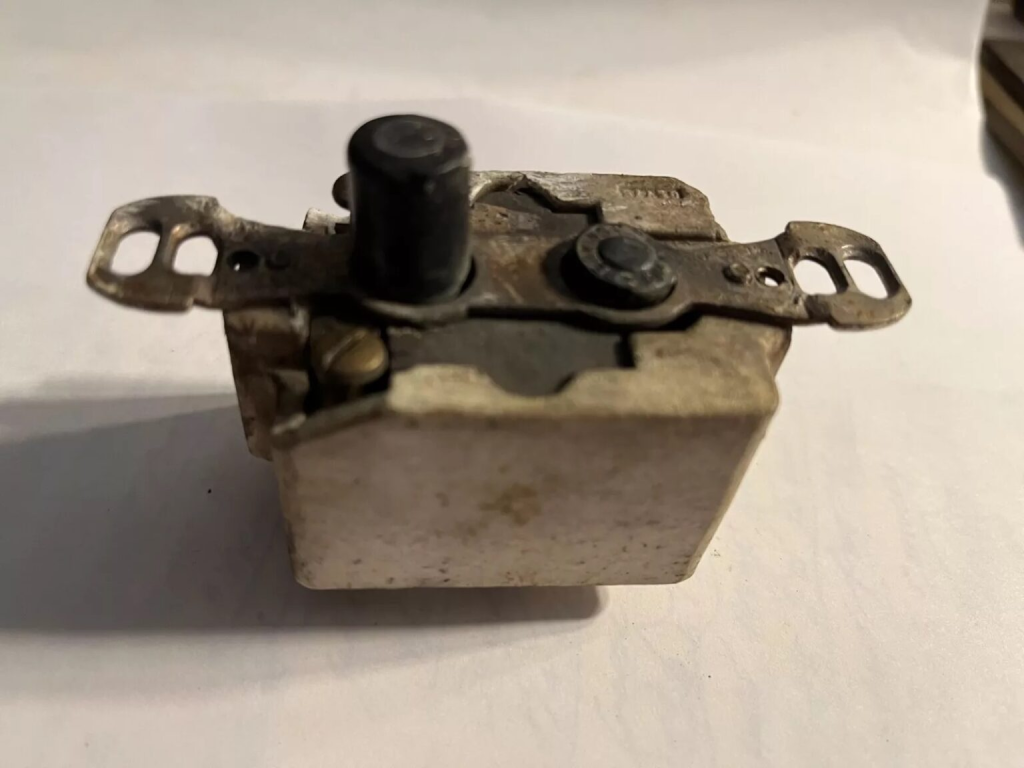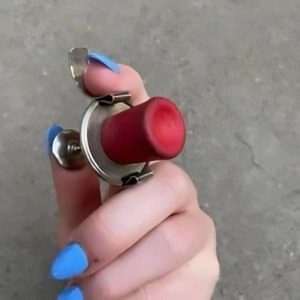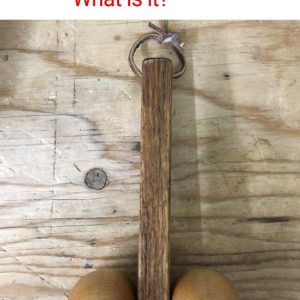Ever walked past an old house, spotted a strange little button on the wall, and thought, What is that thing? If so, congratulations—you’ve stumbled across one of the unsung heroes of early 20th-century home design: the push-button light switch. It might seem like a simple relic today, but back in its prime, this humble device symbolized cutting-edge modernity.
For those of us who geek out over retro details, these switches are more than electrical hardware. They’re mini time machines. Elegant. Functional. Iconic. Let’s flip the switch on its fascinating past.

The Rise of Modern Living: Birth of the Push-Button Light Switch
In the early 1900s, electricity was finally making its way into American homes. Out went gas lamps and clunky pull chains. In came push-button switches—sleek, futuristic, and oh-so-satisfying to use.
Unlike today’s flat toggles, these switches had a dual-button setup: one for “on,” the other for “off.” Simple, intuitive, and totally revolutionary for the time. Most were crafted from hard-wearing materials like bakelite or porcelain, often framed with gleaming brass plates. Suddenly, light control wasn’t just convenient—it was stylish.
These switches quickly became a status symbol in well-appointed homes, blending practicality with a touch of flair. When you pressed that button, you weren’t just turning on a light—you were stepping into the future.
Video: How To Update An Old Light Switch To A Classic Push Button Switch
Design That Endures: Why These Switches Were Ahead of Their Time
There’s something uniquely satisfying about pressing a button that clicks with purpose. That was the charm of the push-button switch—each press felt meaningful. And homeowners loved it.
The design didn’t just feel good; it looked good. The metallic plates added warmth and class to walls, while the buttons themselves were often accented with soft colors or subtle ridges. They fit perfectly into Art Deco, Craftsman, and Colonial Revival interiors, becoming small but mighty details in thoughtful home design.
In upscale homes, some switches even featured engraved backplates, mother-of-pearl inlays, or illuminated indicators to help you find them in the dark. Fancy, right?
Golden Age of the Push-Button Switch: 1910s to 1940s

For a few glorious decades, push-button switches were everywhere. As electricity spread, so did these little wonders. Schools, offices, train stations, and homes alike embraced them for their durability and easy use.
By the 1920s, manufacturers began adding glow-in-the-dark features using mica or colored glass. This wasn’t just a gimmick—it was practical innovation, allowing users to locate switches at night. A small improvement, maybe. But it spoke volumes about how thoughtfully designed these switches were.
You could say the 1930s and 40s were their prime years. And during hard times like the Great Depression, many were salvaged and reused in new builds, a testament to their long-lasting quality.
When Utility Met Luxury: A Collector’s Dream

Not all push-button switches were created equal. Some became literal works of art.
Take, for instance, a legendary 1930s mansion in New York where a wealthy businessman commissioned custom gemstone-encrusted switches. Each button was adorned with tiny semi-precious stones, and the brass plates were hand-etched with floral engravings. Guests were mesmerized, and those switches became the talk of every party.
Today, original pieces like those fetch big money at auctions. Collectors hunt for models from manufacturers like Arrow Hart, Perkins, and Bryant Electric, known for their craftsmanship and distinct styles.
A Sudden Fade: What Happened to Push-Button Switches?
By the 1950s, a new kid moved into the electrical scene: the toggle switch. Compact, cheaper to produce, and easier to install, toggles slowly nudged push-buttons out of the spotlight.
It wasn’t personal—just business. Manufacturers needed fast solutions for mass-produced housing, and the toggle switch fit the bill. By the 1960s, push-button light switches had all but vanished from mainstream construction.
But here’s the thing about good design: it never truly disappears.
The Comeback: Why Vintage Switches Are Back in Style
Video: A Look At Push Button Light Switches
Fast forward to today. With the rise of home restorations and vintage-inspired interiors, push-button light switches are staging a well-deserved comeback.
Restoration experts and retro-loving homeowners are bringing them back, blending old-school charm with modern tech. Brands now produce reproductions with updated wiring that meet today’s electrical codes. So you can enjoy that classic click—without worrying about shorts or surges.
They’re popping up in everything from Victorian restorations to mid-century farmhouses, proving that timeless design always finds its way home.
Restoring or Reusing? You’ve Got Options
Thinking of bringing one of these beauties into your own home? You’ve got two solid paths:
- Restoration: If you’re lucky enough to own a vintage switch, you can often have it rewired by a specialist. Just be sure it’s up to code.
- Reproduction: Plenty of companies now make replica push-button switches with authentic looks and safe internals. Best of both worlds.
Either way, adding one to your space is like installing a piece of history on your wall.
More Than a Switch—A Conversation Starter

It’s wild to think that something as simple as a light switch could spark so much fascination. But the push-button switch isn’t just hardware—it’s a piece of design history. A relic of an era when even the tiniest details were crafted with thought, function, and flair.
These switches controlled more than just light. They lit up a path to modernity. They were the quiet heroes of electrified living, and they still hold that magic for those of us who appreciate design that lasts.
Conclusion: The Past Is Always in Reach—Sometimes at the Press of a Button
The push-button light switch might seem small, but it tells a big story. It’s about innovation, craftsmanship, and how something so simple can bring a space to life. Whether you’re restoring an old home or just love the retro aesthetic, this tiny relic is proof that even the most ordinary objects can be extraordinary.
So, next time you flip on a light, think about what came before—and maybe consider swapping in a little piece of history. After all, pressing that button doesn’t just illuminate a room—it lights up the past.


